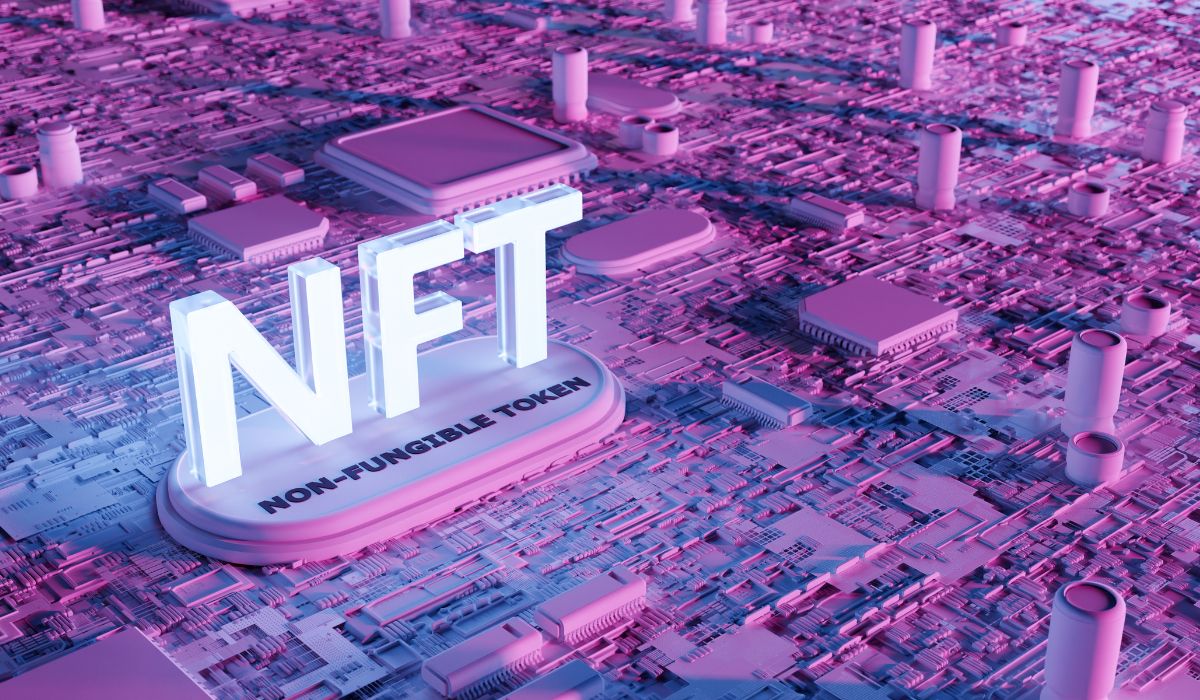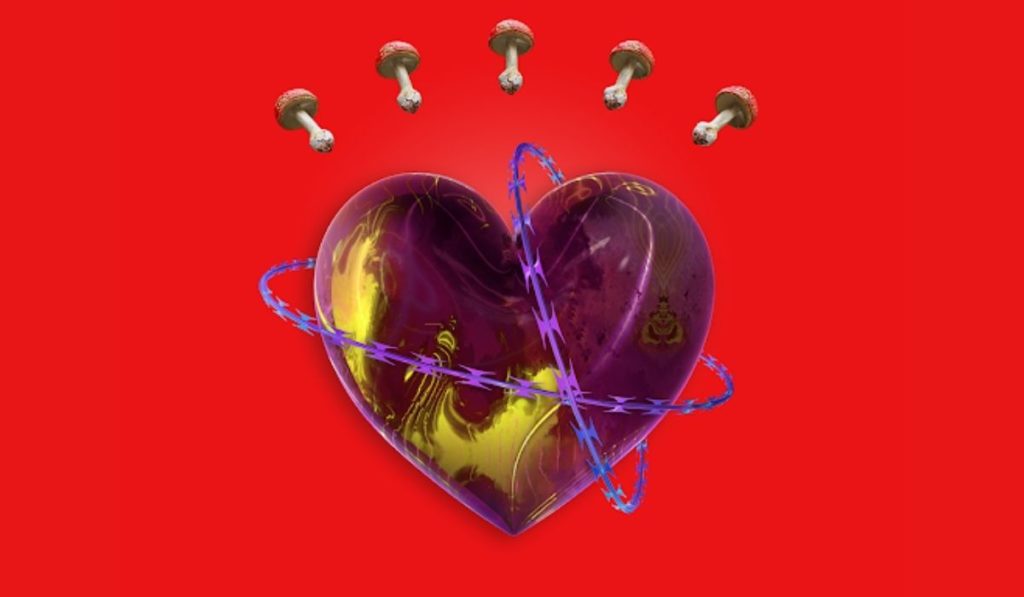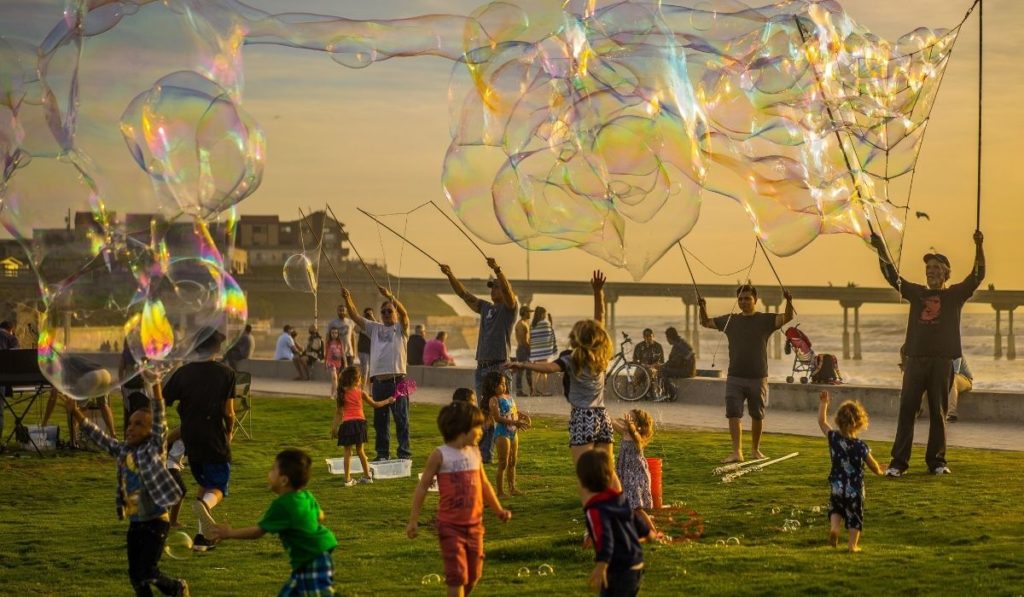
2022-11-8 23:27 |
Art has existed in the human consciousness for as long as people can remember. From the earliest cave paintings to the Mona Lisa, people have always found a way to express their artistic creativity while providing enjoyment to those who witness it. Art is about much more than just splashing some colours on a canvas. It’s the subtle expression of the artist’s emotions, mindset, and skill.
As technology progresses, so does art, as creative minds come up with newer and more innovative ways to express themselves. One of the most recent innovations in art is the use of computers that can assist them in creating highly original concepts.
The advent of generative art is rapidly expanding with the growing implementation of blockchain and non-fungible token technologies, leading to some highly original new creations. And these have found an enthusiastic audience that’s highly appreciative of the potential of digital art.
What Is Generative Art?The word “generative” is defined as the ability to generate or produce something. Therefore, generative art is really just art that’s produced by a combination of humans and machines. The end result is an image seemingly created by a computer at random, using algorithms and code, but within parameters that the human artist carefully specifies.
Generative art might seem very methodical and predictable, with its basis in algorithms, but the result is usually anything but. Most generative artists throw in a dose of artificial intelligence, which allows the computer to build on the initial instructions they provide and create images with more autonomy. In this way, the computer almost becomes the artist. Its work is influenced by the original artist and retains a certain style, but the end result very often catches them completely by surprise.
The American Sol LeWitt is very often credited as being the world’s first generative artist. He rose to fame in the 1960s with the concept of geometric wall drawings within an interactive display. His work was characterized by a detailed set of instructions that anyone could follow, resulting in an entirely unique work of art every time they executed it. Now, thanks to the widespread availability of powerful computers and new technologies like NFTs, the generative art movement is gaining rapid traction.
The Impact of NFTsThe coalescence of generative art and NFTs has resulted in a world of innovation for artists looking for ways to involve their audiences. NFTs are digital tokens that live on the blockchain and enable digital artists to create and sell unique works of art and engage with other artists.
NFTs have resulted in some unique creations, with popular collections like the Bored Ape Yacht Club taking the world by storm. The BAYC NFTs are all unique, generated using variations in code, each with their own characteristics and attributes and levels of rarity. Because each NFT is different, they attract different values based on their uniqueness and rarity.
Another crucial benefit of NFTs is that they enable ownership of digital art. In the past, a digital image could simply be copied by ‘right-clicking’ on it and saving it to a hard drive, and reused anywhere. Artists were, therefore, unable to prove ownership and struggled to monetize their digital art. Blockchain fixes this problem with an immutable record that proves who its owner is, stored on-chain. In this way, NFTs act as a kind of digital watermark or signature of the artist.
Thanks to NFTs, artists finally have a way to transfer ownership of their digital works of art and can consequently monetize them. Some have made a lot of money too. Aaron Penne, for example, sold his “Apparitions” collection for a combined total of more than $600,000.
There have been some concerns about the environmental impact of NFTs. Blockchains like Ethereum and Bitcoin are infamous for their high energy consumption, and NFTs are not without a carbon footprint. This has led to many artists embracing the idea of “Clean NFTs” that are minted on environmentally-friendly blockchains such as Tezos, which uses a novel proof-of-stake consensus mechanism as opposed to “mining”.
The recent State of the Art exhibition presented by Tezos at Paris+ par Art Basel highlights the convergence of Clean NFTs and generative art. Renowned digital artists Zancan and William Mapan created an interactive experience that allows visitors to scan a QR code and set in motion the process of creating an original artwork that’s rendered autonomously, using the artist’s code. Once created, the unique work of art is simultaneously minted as an NFT and deposited into the attendee’s wallet, meaning they also become its owner.
Other artists are evolving generative art and NFTs in a different direction. BAYC NFTs, for example, can now be altered by applying additional code to them, resulting in the creation of “mutant” versions of those apes. It enables a more dynamic ownership experience for NFT holders.
Elsewhere, we’ve seen explorations of the concept that can transcend the limitations of a 2D screen. This is made possible with the use of embedded code and motion tracking software, and results in an entirely new experience that simply wasn’t possible before the existence of blockchain and NFTs.
A New Frontier For ArtNFTs have had a groundbreaking effect on how artists approach their work and how audiences interact. With NFTs, artists have hit upon a novel way to create abstract works of art that they couldn’t even imagine before seeing the end result. At the same time, NFTs have increased the level of engagement for fans of generative art to an unprecedented degree.
As these technologies are refined, it is undoubtedly a matter of time before the next big name in the art world arises. The stage is set for a modern-day, digital Van Gogh or Picasso who can show us the full potential of what generative art and NFTs are capable of.
origin »Internet of People (IOP) на Currencies.ru
|
|


















